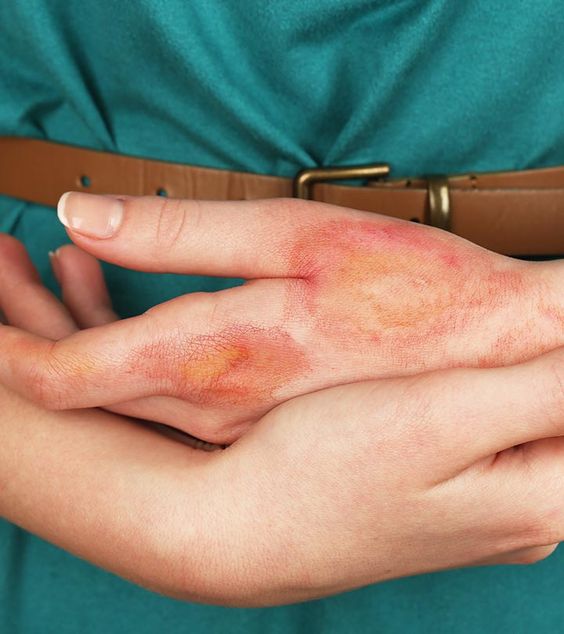

Burn injuries can happen by direct exposure to fire, hot liquid, steam, and contact with a hot object, harsh chemicals, or electricity. The size of the burn and its depth are two important crucial factors in selecting the modalities of its treatment.
The burn depth depends on which part of the body is affected and the nature of the burning agent such as what caused it, and how long it remained in contact with the skin.